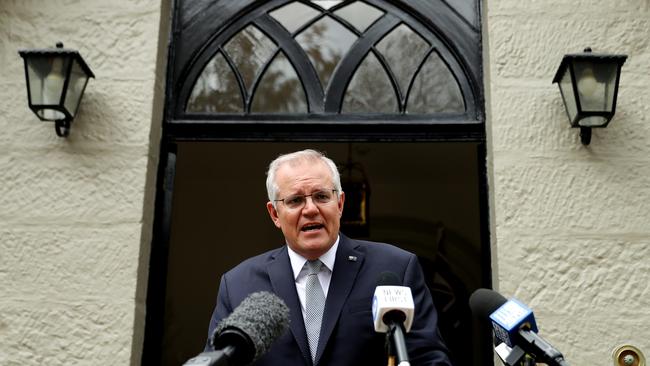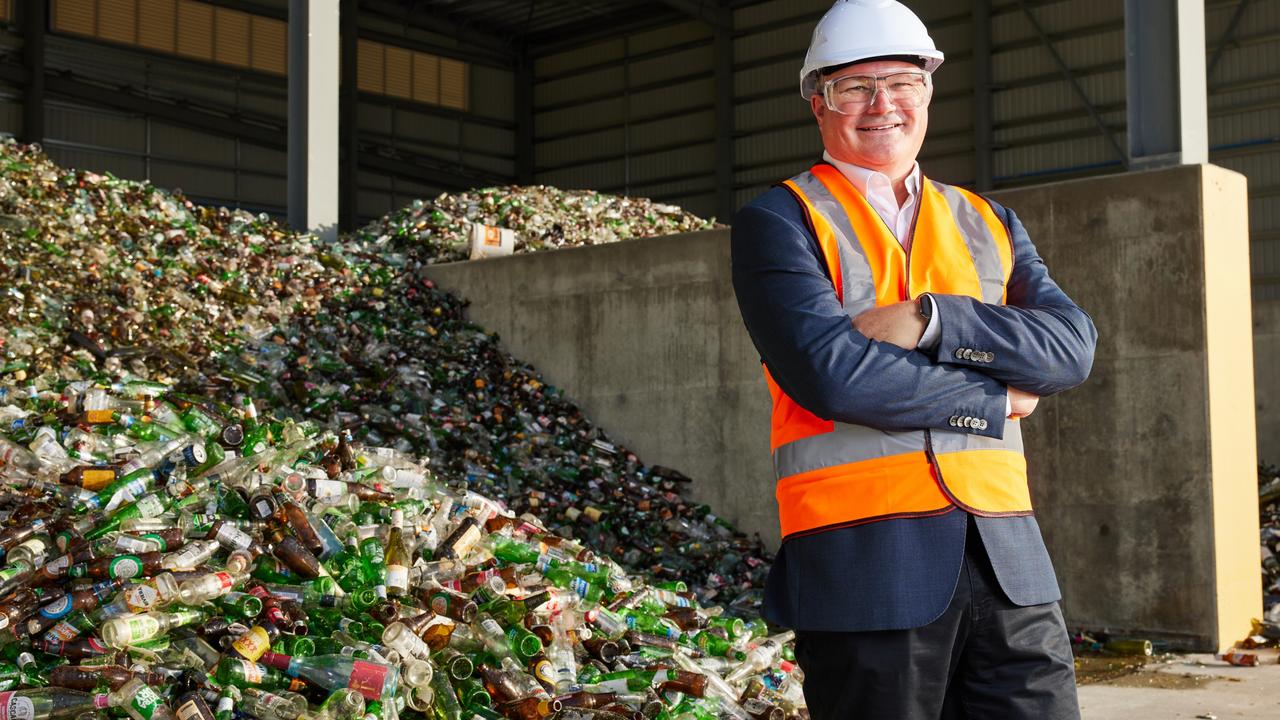Australia should lift 2030 emission cuts, lock in zero emissions by 2050 to supercharge rural revenues


With the help of top experts, I submit to the nation a plan to lock in zero emissions by 2050 and lift 2030 emission cuts above 40 per cent. The plan boosts rural revenues dramatically and is what the Nationals should have advocated. Instead they have disintegrated into an individual agenda driven rabble.
Congratulations to Prime Minister Scott Morrison for agreeing to go to Glasgow and I extend those congratulations to two of his best ministers — Treasurer Josh Frydenberg and Defence Minister Peter Dutton who gave him full support.
Morrison, Frydenberg and Dutton understood that unless the Prime Minister went to Glasgow with a proper proposal our AUKUS nuclear defence pact was in grave danger and almost certainly our farmers would be ravaged by the trade bans that the French were mobilising against Australia.
Morrison also had to recognise that Australia was already locked in 2050 Zero emissions and a big 2030 reduction because every state and territory has adopted Zero 2050 and states representing about half the population will cut emissions by 50 per cent by 2030.
The states have been backed by the Reserve Bank, the Business Council, banks, entrepreneurs like Andrew Forrest, big superannuation funds and overseas sources of capital.
That momentum is unprecedented and represents in part the strong emissions views in the community but also the fact that without action the security of Australia and it‘s rural and other export incomes would be in grave danger.
It’s time to put aside conflicting carbon emission reduction views in Canberra and for the Prime Minister to lead.
Scott, you have the opportunity not only to catch up with the UK, US and other like minded nations, but to lead the world in carbon reduction emissions and in the process greatly enrich our farmers and the nation.
No other western world leader has that opportunity so it’s important that you go to Glasgow fully armed and ready to transform Australia’s global standing. Even China which is not attending will be taken aback
First some housekeeping. Your divided National Party has sadly disintegrated and no longer represent the interests of our farmers.
But Scott, you don’t need your Coalition partner to promise zero emissions by 2050 because we have detailed plans to do the job via the people who will execute them — the states and private enterprise.
The Commonwealth has a vital role to co-ordinate those plans, foster private investment and then use it‘s existing legislation and powers (Nationals not required) to transform the nation.
In global history there have been several periods where the planet needed massive carbon reduction and it was undertaken by the remarkable photosynthesis process. And in those eras massive forests other carbon absorbing plants performed the task. Overtime they became coal, oil and gas reserves. Photosynthesis was part of the global creation and remains a wonderful weapon to absorb our carbon emissions.
A large portion of the Australian sheep and cattle grazing industry has operated in a way that has contributed to a reduction in the carbon in our soil. What is required is regenerative agriculture whereby cattle and sheep are rotated so that they eat only the surface grasses and leave the roots intact. With the right planting these roots go deep and restore the soil carbon of old.
There are already extensive testing measures to determine the increased carbon in soil and these can be improved. The concept of carbon regenerative agriculture is not new and is currently being successfully applied to both highly productive areas and parts of Central Australia. We know it works.
But the majority of the farm community have questioned the economics but those economics have now changed dramatically.
Carbon stored in soil is now very lucrative and artificial intelligence plus modern high technology farming techniques make the management task much less costly than 10 or 15 years ago. Australia emits in the rough vicinity of 600 million tonnes of carbon a year. With out much difficulty a concentrated carbon regenerative program could absorb 200 million tonnes.
But once momentum was developed it has the capacity to offset all our emissions. The states and private capital have many worthwhile emission reduction plans led by solar wind hydro, electric cars etc. These endeavours plus new technologies are going to slash our emissions in the next nine years and beyond.
But through carbon regeneration the Commonwealth can develop an export industry that will rank with iron ore, gas and wool. But it will also underwrite our targets and avoid undertaking high cost extreme measures to achieve those targets.
Australia passed legislation in the ALP years (which was improved by the Abbott government) which set out a mechanism to pay farmers for stored carbon. But we have only been paying farmers $10 to $15 a tonne while the European market is between $40 and $50. While some farmers have benefited, given we are under paying for the stored carbon, not surprisingly it has not taken off.
Now is the time. The Commonwealth government needs to increase the price to say 10 to 15 per cent below the European price to provide revenue to fund the underwriting “risk”.
Of course once those carbon credits are sold overseas they no longer can be counted to reduce Australian carbon. However we can create is a massive underwriting pool whereby we match the export of the credits to the emission reductions being undertaken in other areas.
Australia becomes a global carbon bank and the proceeds of farming are totally transformed. We have the legislation in place and the states have done heavy lifting so Morrison can go to Glasgow knowing that we can meet a 40 to 50 per cent target in 2030 and Zero in 2050, fully underwritten.
No other country in the world has the land available to do this. Much of our land will return to where it was pre European settlementand delivering improved agricultural productivity and drought resistance.


